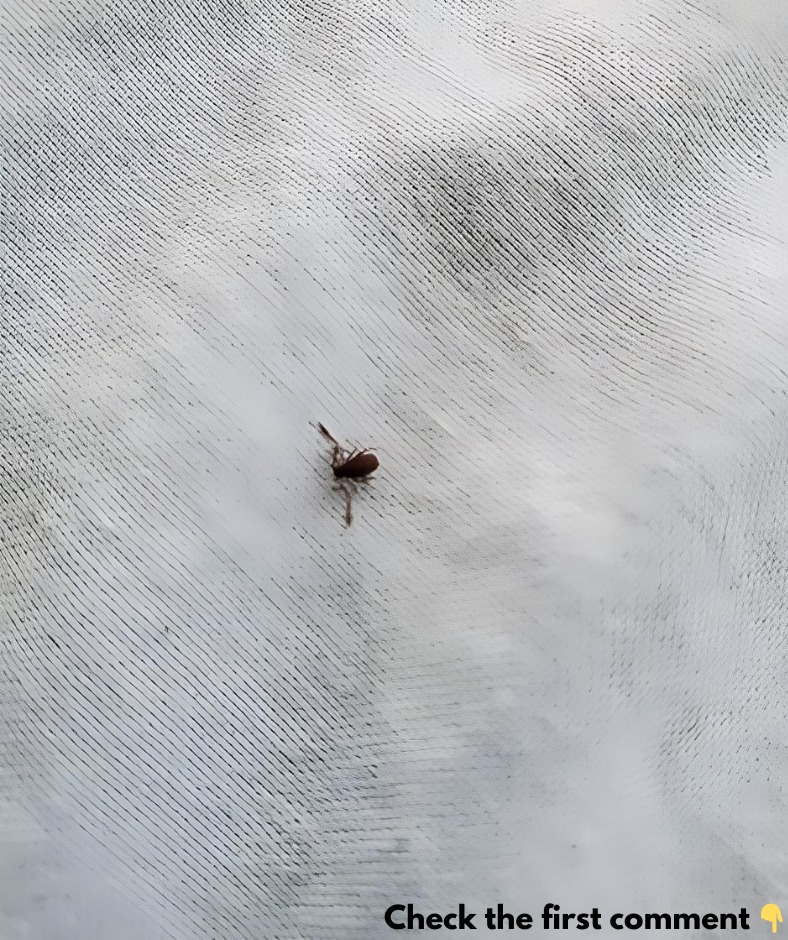Discovering a tick inside your home can be a bit unsettling. These tiny, blood-sucking parasites are not only bothersome but can also carry diseases that pose risks to both humans and animals. Ticks often hitch a ride indoors on pets, clothing, or even gear after time spent outdoors. Fortunately, there are clear steps you can take to remove ticks from your home and prevent future infestations. This guide will walk you through what to do if you find a tick in your house.

Understanding How Ticks Get Inside
Ticks are arachnids, meaning they have eight legs and two body segments, unlike insects, which have six legs. Ticks feed on the blood of mammals, birds, and sometimes reptiles. They’re commonly found in areas with tall grass, wooded regions, and gardens. Ticks often lie in wait on vegetation, latching onto a host that brushes past.
How do they get into your home? Ticks usually make their way inside by attaching to pets, people, or clothing. Pets that play outside in grassy or wooded areas are especially at risk of bringing ticks indoors. Even shoes, backpacks, or jackets can carry ticks inside.
What to Do When You Find a Tick
Finding a tick can be alarming, but by following these steps, you can handle the situation safely and reduce the risk of further infestation.
1. Identify the Tick Species
Not all ticks carry the same risks, so it’s essential to identify what kind of tick you’re dealing with. Common ticks in the U.S. include:
- Deer ticks (black-legged ticks): Known to carry Lyme disease.
- American dog ticks: Linked to Rocky Mountain spotted fever.
- Lone star ticks: These can cause various tick-borne illnesses and even a red meat allergy.
If you’re unsure, take a picture of the tick and consult a pest control expert or healthcare provider. Identifying the tick helps you assess the health risks involved.
2. Safely Remove the Tick
Removing the tick promptly and safely is the next critical step. Here’s how:
- Use fine-tipped tweezers to grab the tick as close to the skin or surface as possible.
- Pull steadily and gently without twisting or jerking. This prevents leaving parts of the tick embedded in the skin or fabric.
- Avoid squeezing or crushing the tick with your fingers to reduce the chance of exposure to harmful pathogens.
3. Dispose of the Tick Properly
Once the tick is removed, it’s crucial to dispose of it correctly to avoid further risk:
- Place the tick in a sealed plastic bag or container. You can add rubbing alcohol to the container to ensure the tick is killed.
- Dispose of the sealed bag in an outdoor trash bin.
- Never crush a tick with your fingers, as this could release harmful bacteria or viruses.
4. Clean the Area Thoroughly
After removing the tick, clean the area where it was found:
- Wash the area with soap and water to remove any contaminants.
- Use rubbing alcohol or hydrogen peroxide to disinfect the space.
- If the tick was on a pet, check their skin and use a pet-friendly antiseptic on the affected area.
5. Inspect for Additional Ticks
Ticks can hide well, so it’s essential to check your home for more:
- Inspect areas like carpets, bedding, and furniture, where ticks might be hiding.
- Examine your pets thoroughly, especially around their ears, neck, and belly, where ticks often latch on.
- Use a lint roller to help pick up any ticks you might have missed.
Preventing Future Tick Infestations
To minimize the risk of ticks in your home, take these preventive measures:
1. Regular Tick Checks
After spending time outside, always check yourself, your family, and your pets for ticks. Quick checks can prevent ticks from making it indoors.
2. Create a Tick-Free Yard
A well-maintained yard is key to keeping ticks at bay. Trim bushes, mow tall grass, and clear away leaf litter. Consider applying tick-repellent products to reduce the likelihood of ticks entering your outdoor space.
3. Tick Prevention for Pets
Talk to your veterinarian about tick prevention options for your pets. Options like tick collars, topical treatments, and oral medications can help keep pets tick-free.
4. Seal Entry Points
Ticks can enter through cracks or gaps in your home. Seal potential entry points around doors and windows with weather stripping and caulking to keep ticks from sneaking inside.
Why Acting Quickly is Important
Ticks aren’t just annoying—they can transmit serious diseases like Lyme disease, Rocky Mountain spotted fever, and tularemia. Early removal and prevention are crucial to minimizing your exposure to these risks.
Conclusion: Keep Your Home Tick-Free
While finding a tick in your home can be alarming, following these steps ensures safe removal and reduces the chance of future infestations. By identifying the tick, removing it carefully, and cleaning thoroughly, you can protect your home and family. Stay vigilant, protect your pets, and make your yard less inviting to ticks. With these strategies, you can keep your home safe and tick-free.





